Rosetta navigation camera (NAVCAM) image taken on 11 August 2014 at about 102 km from comet 67P/C-G.
CometWatch – 11 August
- access_time 12/08/2014
- chat_bubble_outline 12 comments
Written by
emily
access_time
12 August 2014
chat_bubble_outline
12 comments
format_list_bulleted
Ambition the film
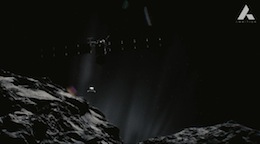
Click image to watch Ambition
Read Rosetta: the ambition to turn science fiction into science fact
Mission milestones
| Event | Date |
| Launch | 2 Mar 2004 |
| Earth swingby | 4 Mar 2005 |
| Mars swingby | 25 Feb 2007 |
| ... more | |

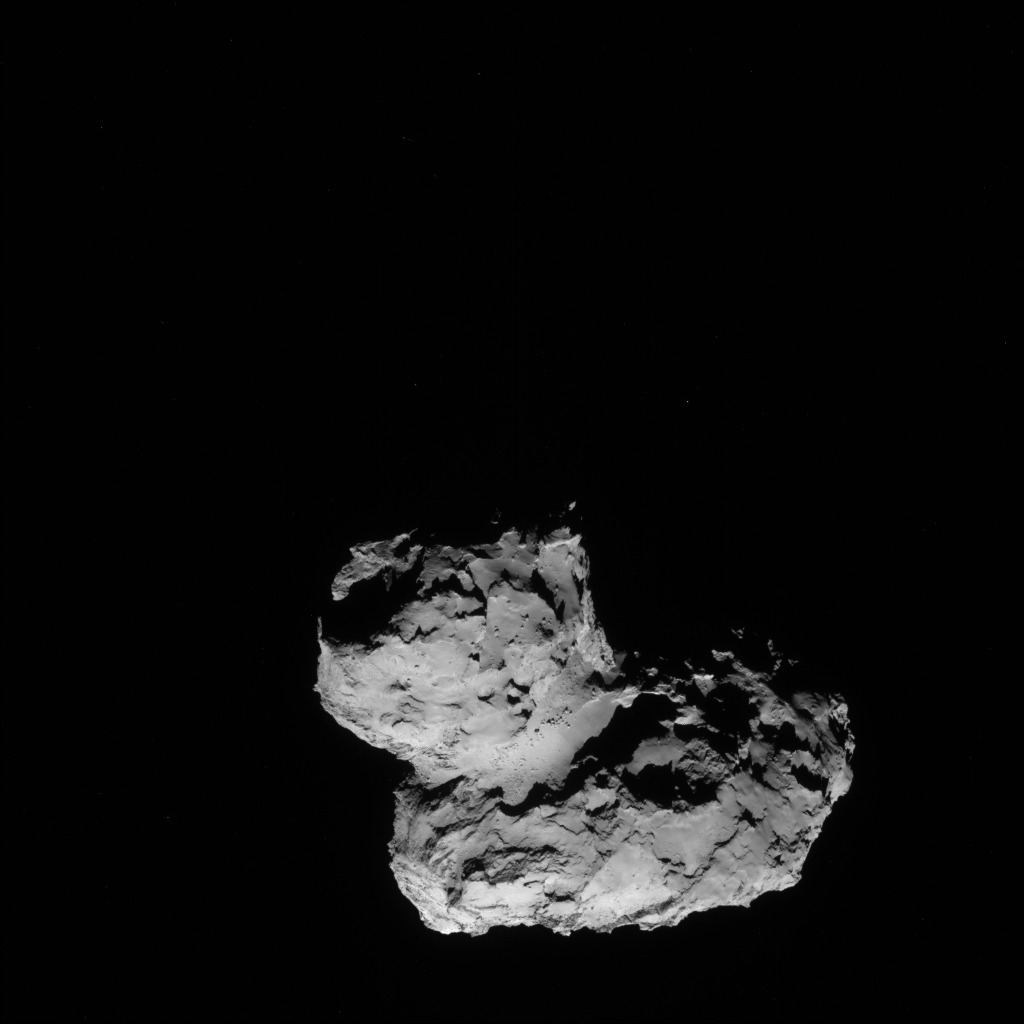
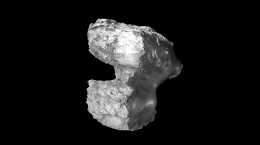
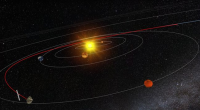
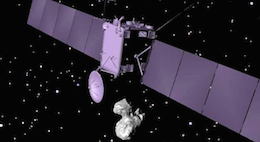

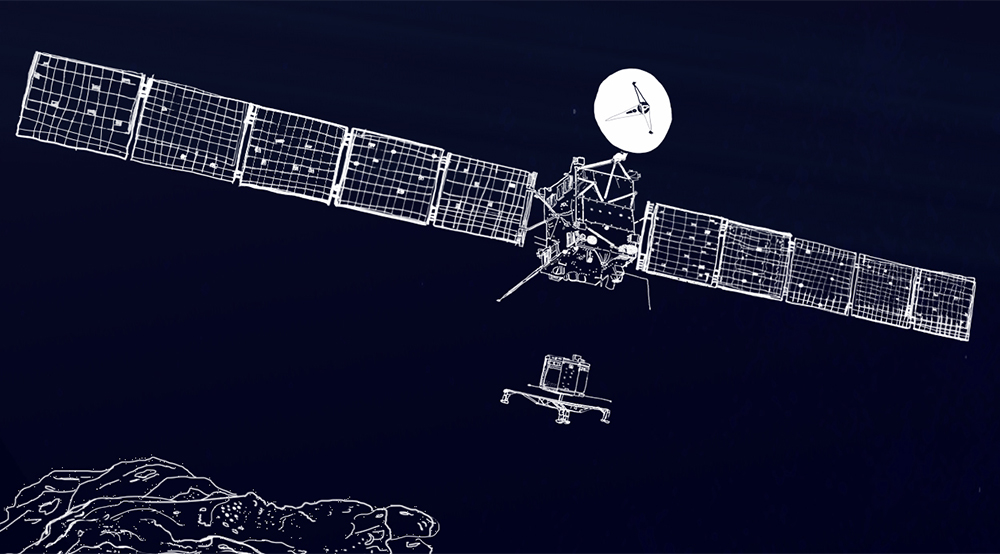
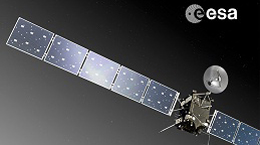
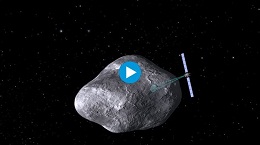
Discussion: 12 comments
AWESOME! Can you measure distance with 1-km-precision?
Dear Rosetta team, please take an RGB filtered image of the comet with OSIRIS camera. We’d love to see this comet in its true colour! 🙂
Very interesting. I wonder what the radio lag is?
Hi. This blog is great. I would like to see this type of reporting for all space missions.
But the team seems to be very busy, understandably, at this critical point in the mission.
Us spectators are beginning to feel left out.
There must be a lot of action at this time.
Thanks for the updates.
Graham
I can’t wait for the “new & improved” definition of a comet. No longer just a dirty snowball, 67P will challenge currently published comet descriptions with the aid of Rosetta and the Philae Lander. It must be so exciting working on this project at ESA right now and more so after deployment!!
I agree, the comet this comet and the other Comet/asteroid pictures show something far different from current theory.
The ramifications for how the comet and therefore how the solar system formed will be significant. Great news for the scientists though if they have to break a completely new theory of comets and more.
If you inverse your mind,
(like the trick of the inverse of a mask)
Then it looks like a pile of lichen layers.
….
The limits of the 2D mind.
🙂
On seeing this way
They are two fragments
which impacted and fused.
Does NAVCAM have an algorithm
to take stereoscopic snapshots?
Nice use of shadow to show features, those large craters can not possibly be formed by impact. just look at the thin side on the crater at the center of the thick lobe. Are there any more details you can give as you get closer temperature map, composition, magnetic field straight, electrical charge etc. Looking forward to some close pictures
That (bright) star just above the comet is that the sun?
Sun seem’s to be oposite to that point ¿isn’t it? I mean, comet apers iluminated frontal more or less…. I’m also talking about this point and another on its left side in this astronautic web https://foro.sondasespaciales.com/index.php?topic=2789.msg121014;topicseen#new
I assume the Sun would be behind Rosetta in order for 67P to be illuminated to be seen in the picture.